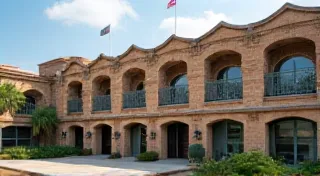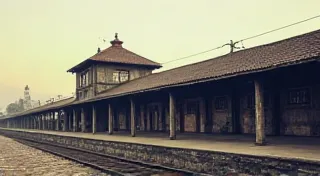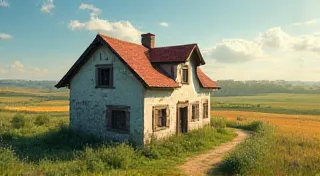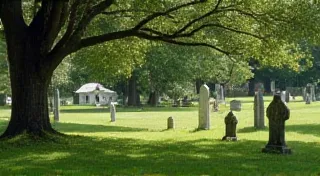The General Store: More than just food.
The general store. For many in our region, the name conjures up a nostalgic image – a creaking porch, a bell announcing your entrance, the scent of molasses and flour hanging in the air. More than just a place to buy groceries, the general store was a vital hub, the beating heart of many small communities throughout history. Let's delve into the fascinating history of this beloved local landmark and discover how it shaped the social and economic landscape. These establishments weren’t just repositories for goods; they were often intertwined with the broader commercial and social networks of the time, much like a merchant's store, which itself served as a significant point of connection within the community. The evolution of commerce and the role of these essential businesses are complex and fascinating, providing a rich tapestry of local history.
Early Days: A Necessity & A Social Gathering Place
The concept of the general store arose out of necessity, particularly in rural areas. Before the rise of specialized shops and widespread transportation, general stores provided a one-stop shop for nearly everything a family needed. Farmers could purchase tools, nails, and seed. Families could buy flour, sugar, coffee, and other staples. Even hardware and dry goods could be found within the store's walls. Initially, these were simple structures, often built along major travel routes or near burgeoning settlements. The first general stores frequently began as trading posts, operating on a barter system, where goods were exchanged for furs, crops, or labor. Understanding the evolution of these early commercial ventures requires considering the broader economic landscape; the general store wasn’t born in a vacuum, but as part of a more complex web of local commerce and trade, similarly to how a stately manor like Oakhaven Manor represented a different form of economic and social power, illustrating different facets of prosperity and influence within the community.
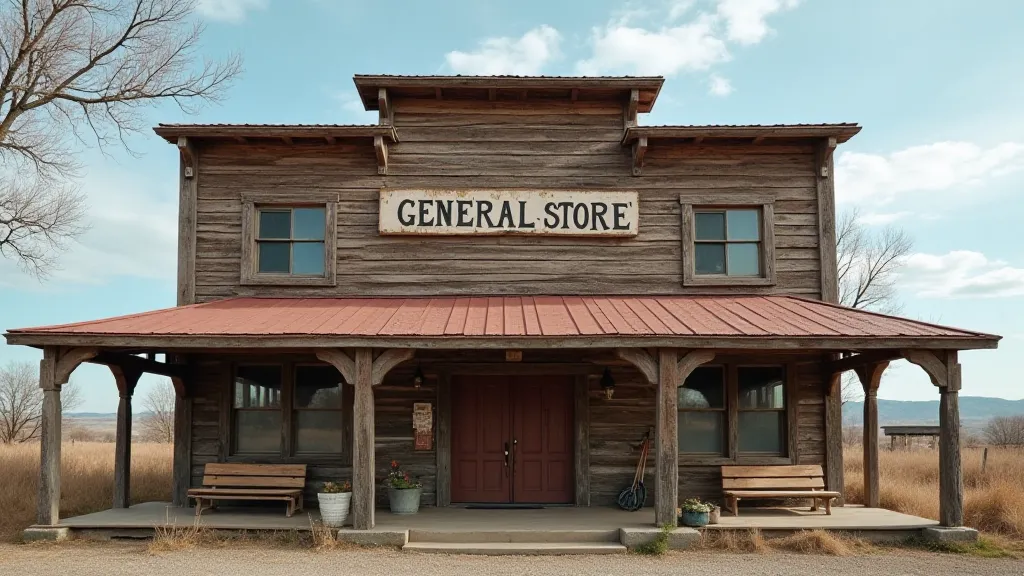
Evolution of the General Store
As settlements grew, so did the general store. Storekeepers became more astute businessmen, offering credit and tailoring their stock to the needs of the community. They often served as post offices, lending libraries, and even meeting places for local councils. The architecture itself evolved too. Many stores began incorporating larger frontages, allowing for wider displays of goods, and more elaborate facades to attract customers. The addition of a porch provided a space for socializing and sharing news – truly a central point for community life. The general store owner often knew every customer by name, their families, and their needs. This personalized service fostered a strong sense of loyalty and trust. The role of the general store extended beyond mere retail; they became essential parts of the community fabric, often providing services that modern establishments wouldn's consider. The importance of these businesses can be compared to the vital services offered by the local old fire station, both representing foundational pillars of community support and illustrating the types of resources essential for the well-being of burgeoning settlements. The history of how communities functioned during these times is often intimately tied to the presence and actions of these establishments.
Commerce & Credit
The general store played a significant role in the local economy. Many farmers lacked the capital to purchase goods upfront. The general store owner frequently extended credit, allowing families to buy what they needed and pay later, often at the harvest time. This system allowed for economic stability, particularly during tough times, and built strong relationships between the storekeeper and the community. The store itself acted as a de facto bank and credit union for many, essential for sustaining the local economy. The success of the general store was inextricably linked to the prosperity of the surrounding community. The ability to extend credit and foster trust was a key differentiator, a facet that required a deep understanding of the local economy and the challenges faced by the residents. The history of these establishments frequently mirrors the economic realities of the time, much like the stories etched in the stones of the pioneer cemetery, reflecting the lives and struggles of those who first settled the area. Furthermore, the credit system implemented by general stores often laid the groundwork for more formalized financial institutions that would develop later.
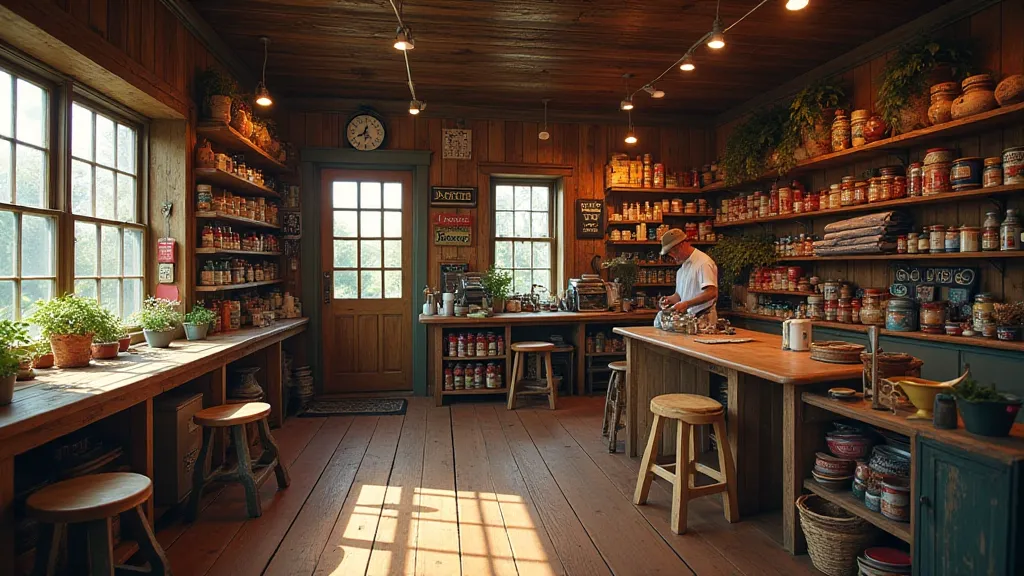
The Daily Life Within
Imagine a typical day at the general store. The bell above the door would jingle, announcing the arrival of a neighbor. Conversations would flow freely, news would be shared, and deals would be struck. It was more than just a transaction; it was a social gathering, a place to connect with others and feel a sense of belonging. Children would often run errands for their parents, learning valuable lessons about commerce and responsibility. The storekeeper, often a respected figure in the community, would offer advice and lend a helping hand. The aroma of freshly baked bread, cured meats, and fragrant spices would fill the air, creating a warm and inviting atmosphere. This environment fostered a unique blend of practicality and camaraderie, a cornerstone of small-town life. The role of the general store often intertwined with local traditions, influencing social customs and shaping community values.
The Storekeeper: More Than Just a Seller
The role of the general storekeeper was far more complex than simply ringing up sales. These individuals were often the heart and soul of the community. They were trusted advisors, informal lenders, and social connectors. They understood the needs of their customers, knew their families, and often played a vital role in settling disputes. The storekeeper’s reputation was everything; honesty, fairness, and a genuine concern for the well-being of the community were essential for success. They weren’t simply selling goods; they were building relationships and fostering a sense of belonging. The responsibility of the role often meant long hours and significant personal investment but it was a crucial part of the societal structure. Examining the qualities that made a successful storekeeper provides insight into the values prized by the community at large.
Decline and Legacy
The rise of chain stores, improved transportation, and the increasing specialization of retail eventually led to the decline of the general store. People could now access a wider variety of goods at lower prices from larger retailers. However, the legacy of the general store remains. They represent a bygone era of community, personal service, and economic interdependence. Today, some general stores still exist, cherished as relics of the past, reminding us of a time when the store was more than just a place to buy food—it was the heart of the community. Preserving these buildings and understanding their significance is vital for appreciating our local history. The shift towards larger retail outlets marked a significant change in the economic and social landscape, reflecting broader trends in consumerism and globalization. The memories and stories associated with these stores live on, captured in local folklore and family histories. The transition also highlights the evolving needs and desires of consumers, demonstrating how progress often comes at a cost to cherished traditions.
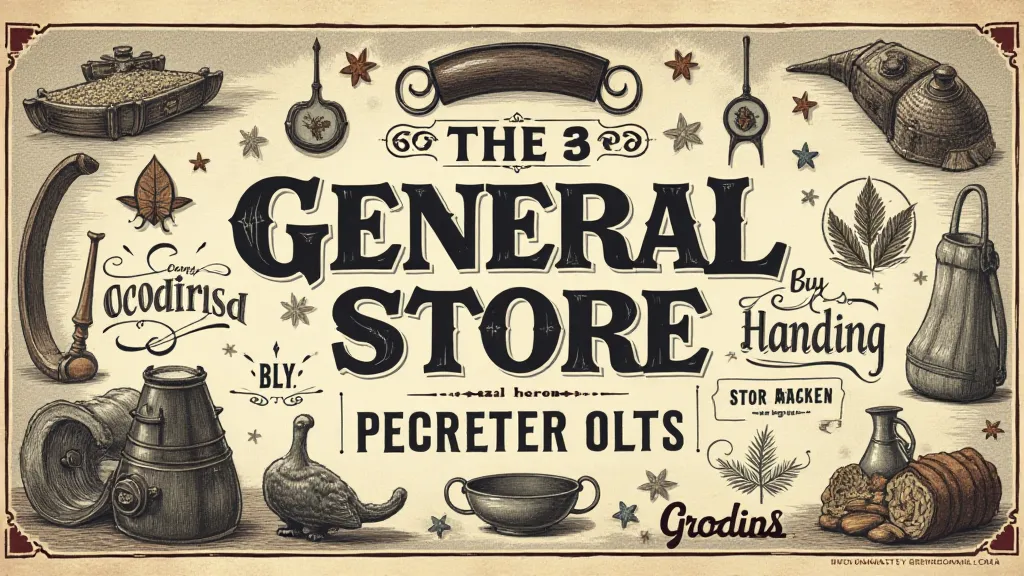
Exploring the history of these architecture gems offers a unique window into the past, and helps us to remember how vital they were to our region. The echoes of the past resonate through the architectural details and the stories of the families who depended on these establishments. The architecture itself, often reflecting the prevailing styles of the time, provides clues about the era and the values of the community. The general store became an essential part of the region’s identity, shaping the landscape and the lives of those who lived there. The sense of community it fostered remains a powerful reminder of a simpler time, a testament to the importance of personal connections and local businesses. Studying the factors contributing to the demise of the general store also offers valuable lessons for supporting local businesses in the modern era. For a closer look at similar local institutions, consider reading about the old fire station. The similarities in their roles as community hubs are striking.
Though these stores are largely a thing of the past, their impact on the character of the region remains undeniable, shaping the values and traditions that continue to define the community. Their stories offer a poignant reminder of a time when neighbors knew each other’s names and relied on each other for support, a legacy that deserves to be preserved and celebrated for generations to come. The preservation of these structures and the sharing of their stories are crucial for ensuring that future generations understand the importance of community and local identity. The decline also led to a search for new ways to foster connection and belonging, a challenge that remains relevant today.
